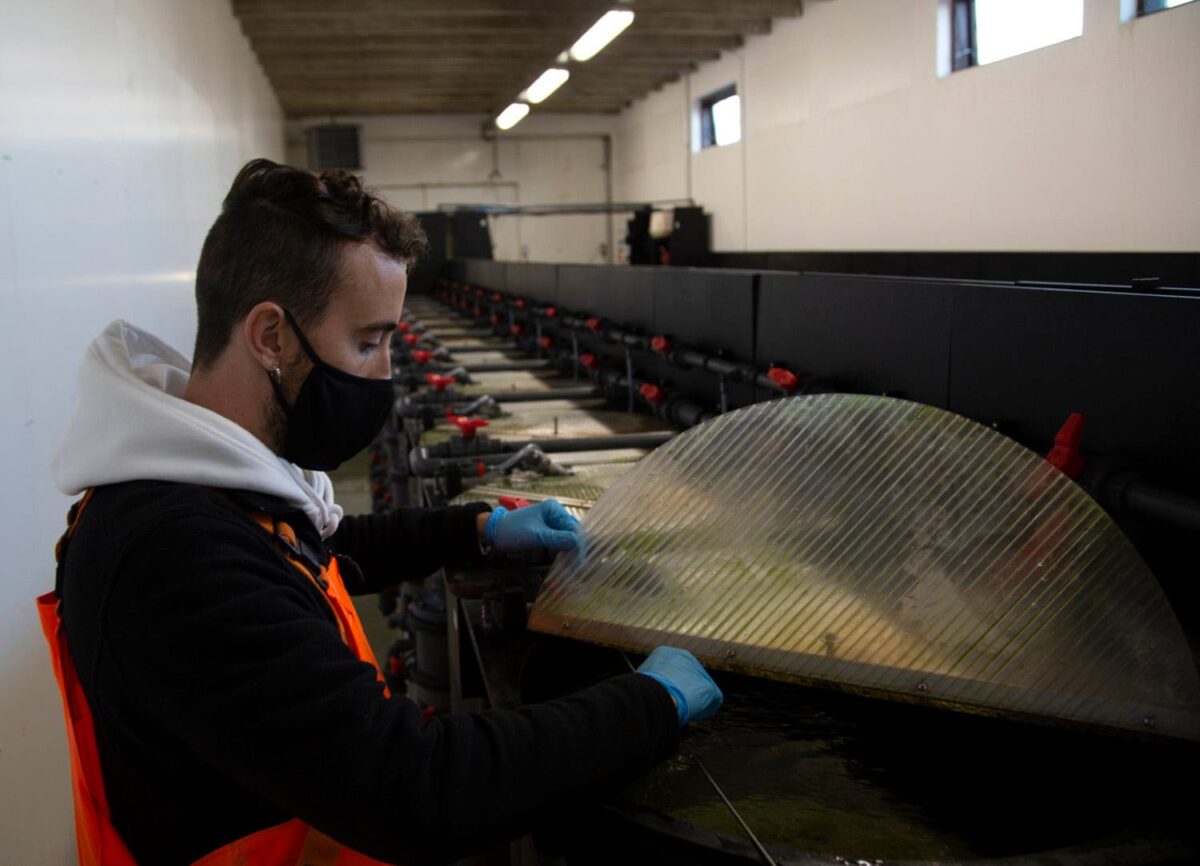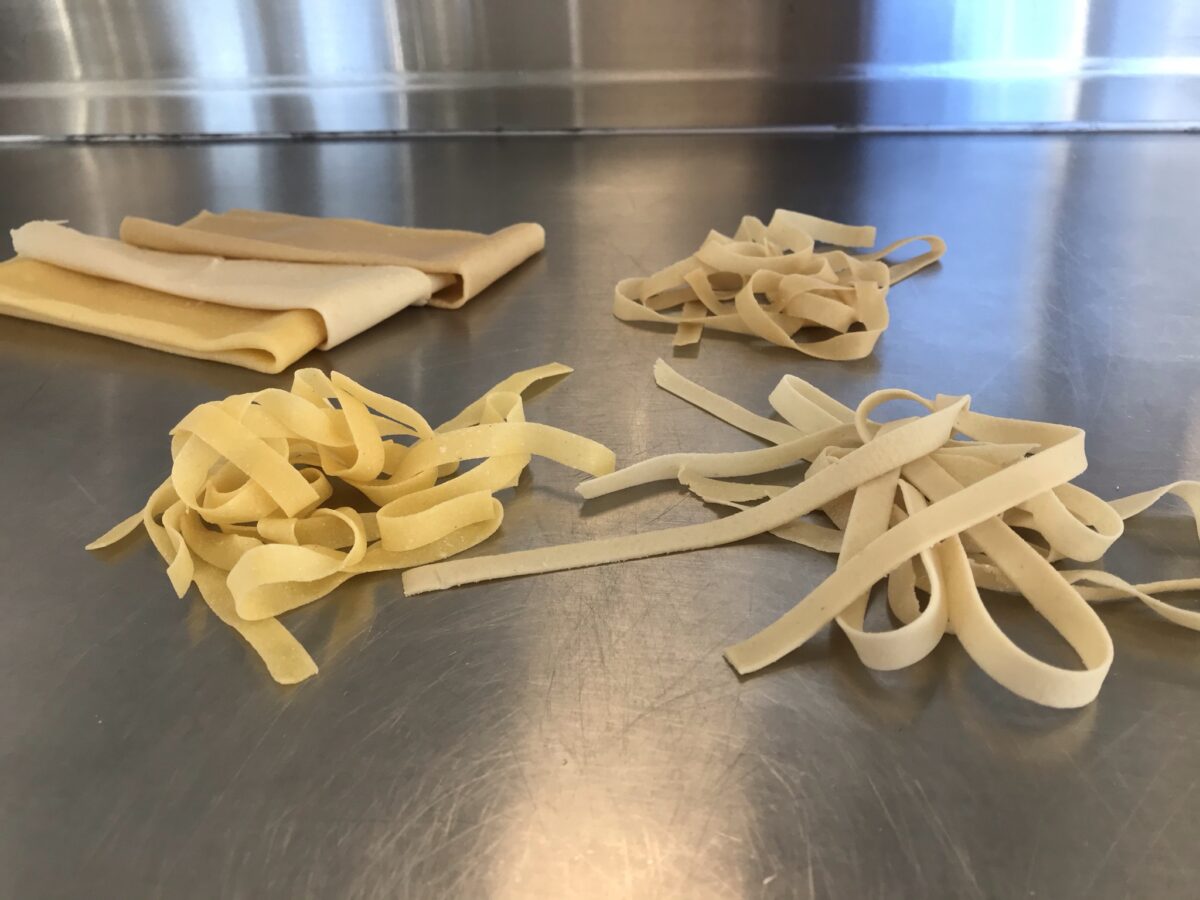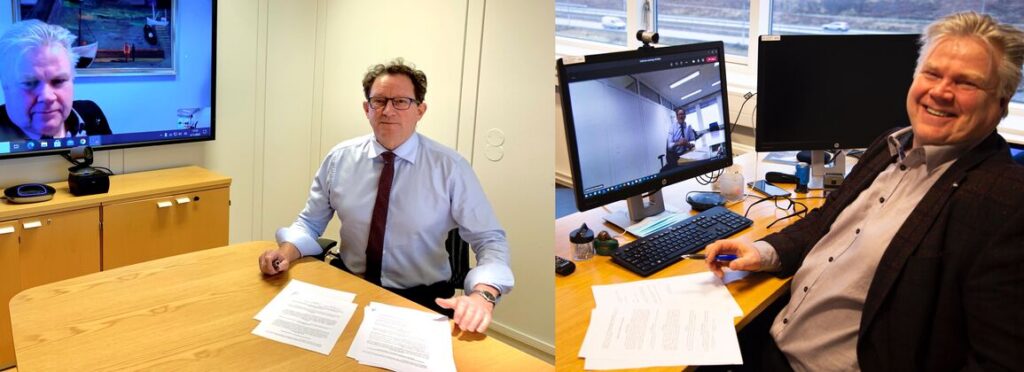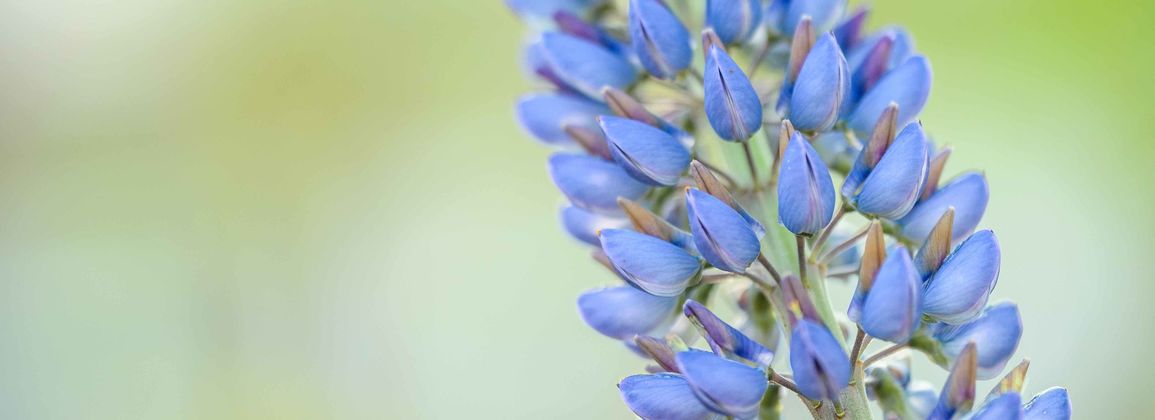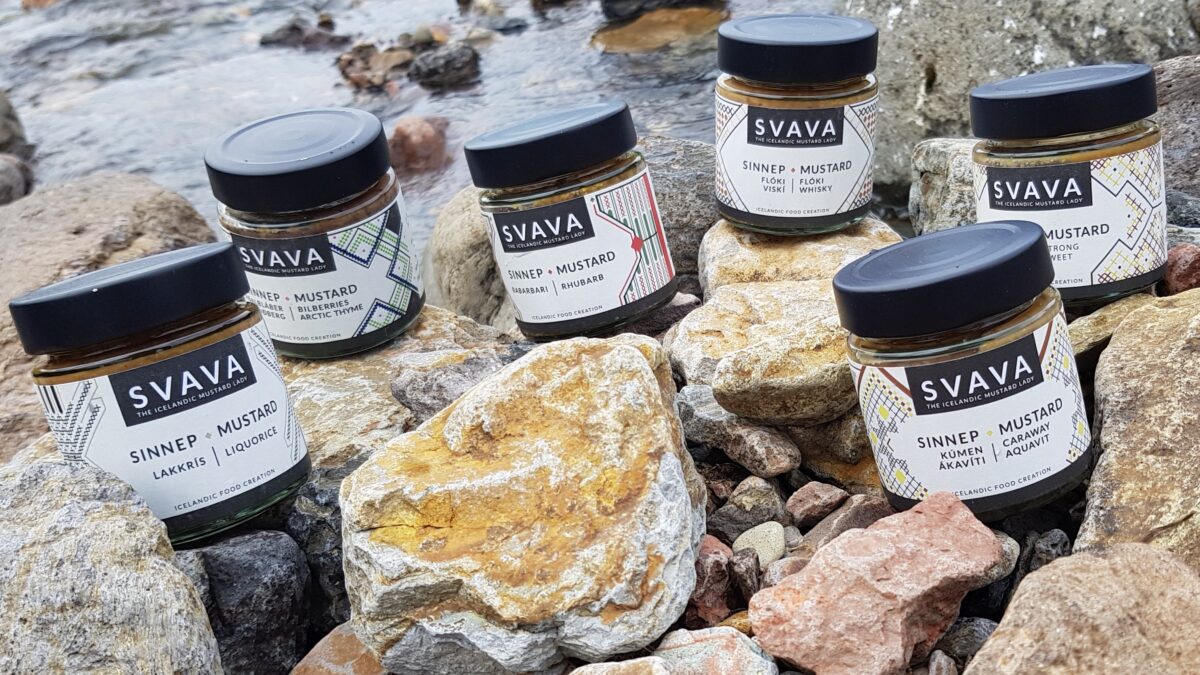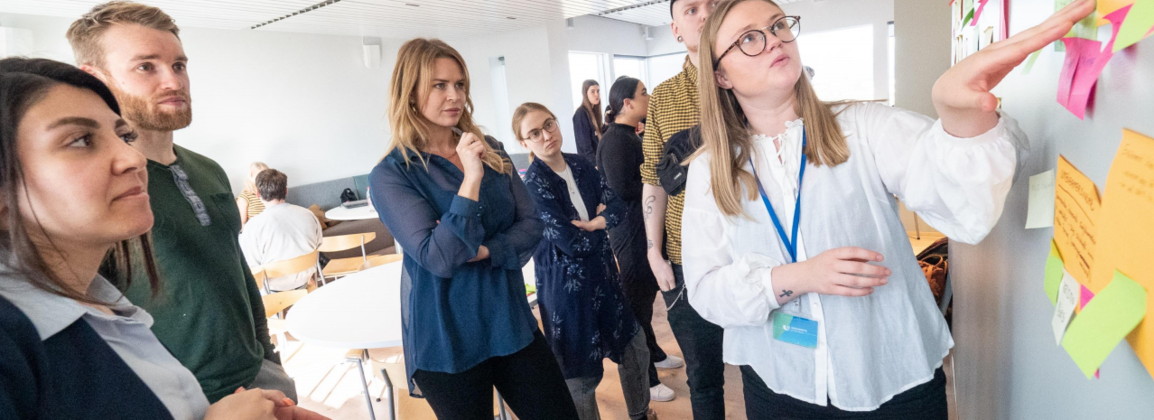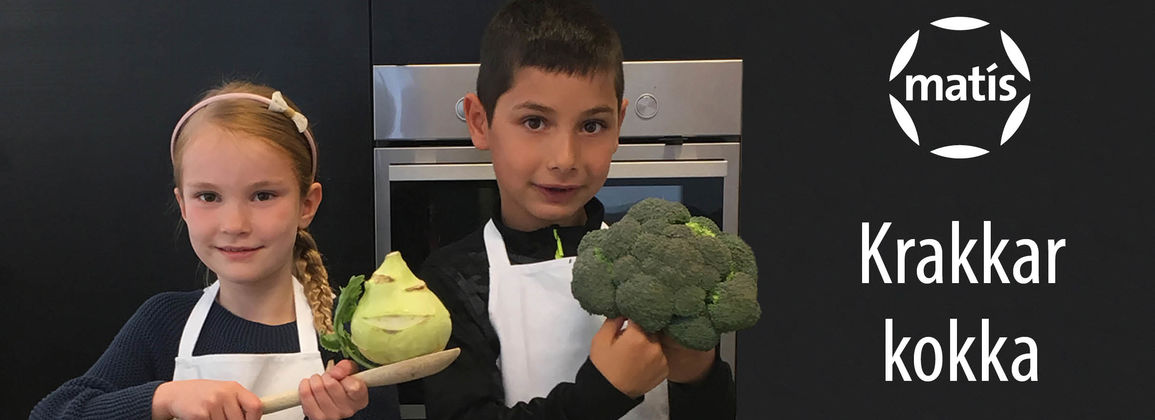Kids cook, the Icelandic part of the European project WeValueFood, teaches children about sustainability, food resources, environmental impact, nutrition and local cuisine.
The European project WeValueFood, funded by EIT Food, has launched a partnership with so-called Food Champions who encourage and influence their peers by sharing their knowledge about social media food. This year, food advocates from three European countries will take part: Iceland, the United Kingdom and Spain.
Food advocates help build a more informed society that is more aware of where food comes from and how it affects our health and the planet.
In 2020, three European partners, in Reykjavík, Belfast and Madrid, will support students to become food advocates and empower the next generation of consumers to increase their interest in and knowledge of food-related issues.
Entertainers about local consumption and sustainability in Iceland
In Iceland, teachers work with material for entertainers at the primary school level in collaboration with Matís and the University of Iceland through WeValueFood. The educational material "Kids Cook"Is put together by Matís as a step towards the United Nations Global Goals and the increased awareness of food and the environment of children, and the Minister of Education and Culture is the patron of the project.
The ideology behind this entertainers is very simple: On the one hand, 11-12 year old children learn about sustainability, food resources and environmental impact, nutrition and home economics, and on the other hand, they enjoy local cuisine and visits to and discussions with local food producers.
With a newer one Kids cook Instagram page For example, children and their parents, as well as food producers in Iceland, can follow the progress of the project and learn about Iceland's natural and local food resources and how the raw material can be used for delicious, nutritious and sustainable meals.
The main part of the project is for students to make a short video about procuring raw materials from their area's food resources and then cook from the raw materials, so that their peers can also learn about Iceland's resources and the utilization of the products and become real food advocates. The videos will be available on Matís' YouTube page, school websites and social media such as Instagram or TikTok.
Improving food knowledge in the UK
At Queen's University in Belfast, a newly developed system will improve food knowledge within two groups of students: students who already have a great knowledge of food and students who have little food knowledge.
The future food advocates are a group of students who already have a great deal of knowledge. They will be trained to think critically about communication methods, for example with regard to the reliability of information related to social media evaluation. Students receive training and support from communication professionals and local influencers on how they can increase online visibility, share reliable information, and reach out to followers in an inspiring way.
The UK's Food Advocates are sharing the importance of food and food values with their peers through social media and other interactions with peers that will contribute to better food decision-making. A team of experts at Queen's University will ensure that the information disseminated is reliable and supported by scientific research. Another system for non-food students aims to encourage the development of general food skills, for example by understanding how to select and store food to reduce food waste, read food labels and process food safely. .
Bilateral online discussions in Spain
After social media became a popular forum for public debate, the Department of Food Science at the University of Madrid (UAM) and the research institute IMDEA Food, together with a team of researchers at UAM, decided to lead a 30-hour university course to empower students in cooking and health sciences with new methods. have enjoyed popularity on social media.
The new Spanish food advocates, who have been trained by WeValueFood this year, realized that bilateral communication with their target groups and followers is essential for developing a good relationship. University students and recent graduates are encouraged to participate in online events that address issues related to nutrition, health and food production.
At the same time, students communicate through their social media (Instagram, Twitter, Facebook). The new media has been successful, for example improved @nutreconciencia on Twitter with 206 followers in 3 months, @beFEEDus on Facebook has gained 267 more followers in the same time as @madres_cientificas which first appeared on Instagram in July 2020 and has already reached 1025 followers.
The food advocates will then present their social networking sites to communication experts and get advice on how they could have an even greater impact in the future. The Spanish food advocates are truly influential, basing their records on reliable and scientifically substantiated information, and combining communication and communication skills with a strong background in food and health sciences.
Next steps
Food advocates will continue to attend events and seminars to strengthen their skills and expand their network, for example in collaboration with the EIT Food projects FoodUnfolded and Food Ambassadors. Food consuls meet in #EatingTheGap sequence of events which brings together stakeholders and influencers from all parts of the European food chain. The food advocates will take part in a joint event to have the opportunity to learn more about how to share reliable and scientifically supported information on sustainable food in an interesting way.
FoodUnfolded is an international, digital platform sponsored by EIT Food, creating and sharing its content on food and agriculture innovations.



